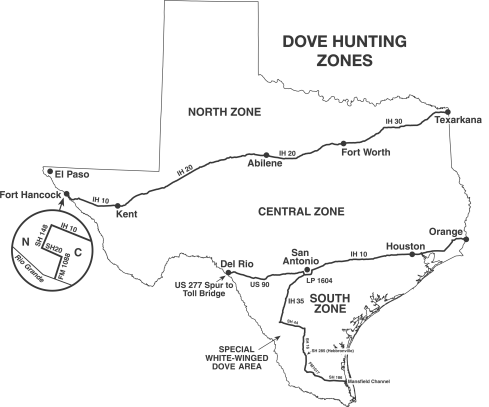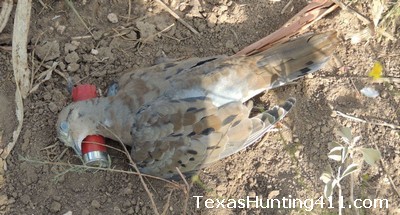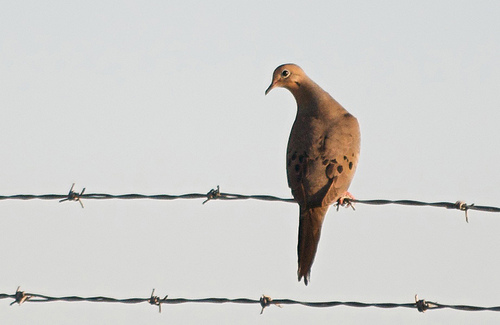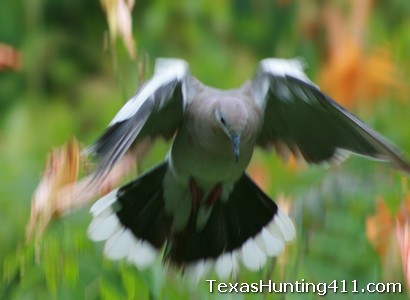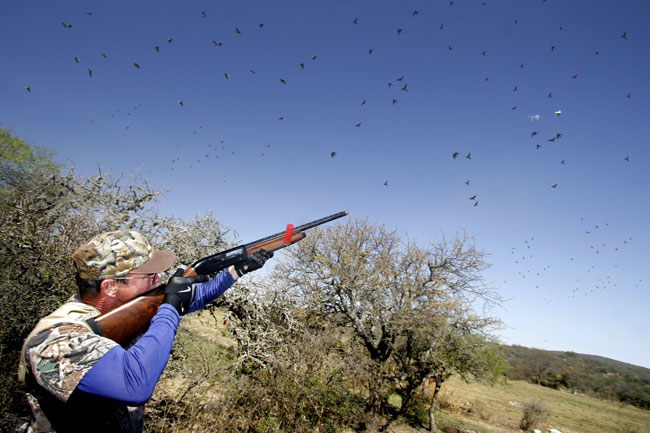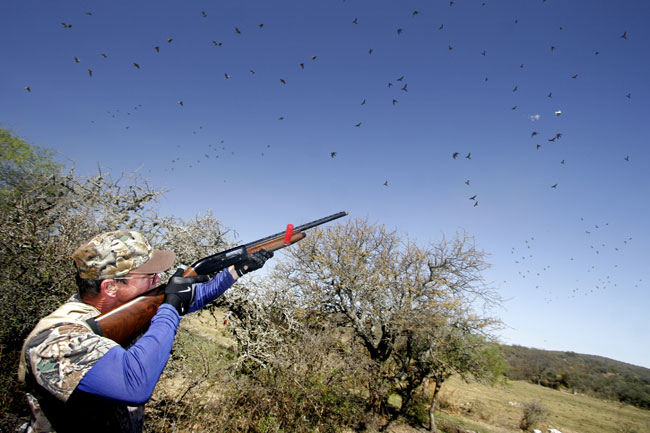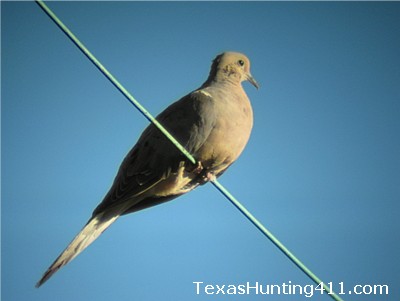We all know that lead shot is a bad deal for waterfowl when it’s left on the landscape, so what about for doves? Findings released by Texas Parks and Wildlife Department (TPWD) suggests that there is no difference in effectiveness between lead and steel shot when used for dove hunting. It’s been decades since steel shot was banned for ducks and geese, so I’m more than a little surprised that it’s taken this long to look at upland game birds.
Based on a recent news release, TPWD is not currently suggesting any regulation change with regards to a steel shot only dove hunting season. However, I’d be all for a regulation change that did just that. Let’s face it, lead is a bad deal for just about every living thing. And we all know there is a lot of spent lead shot lying around the properties that we hunt. More than we’d like to admit. More missed shots than we’d like to remember.
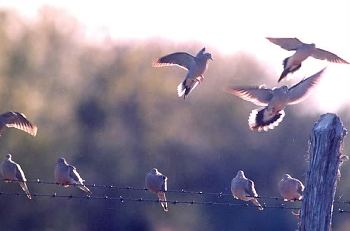
Shot pellets are about the same size as the hard-coated seeds that doves and quail typically eat. The term “feed them lead” takes on a whole new meaning, but now it’s not nearly as exciting as shouted while hunting doves on a warm Texas afternoon. Instead the birds merely get sick and die a miserable death—and this happens year-round. That means less doves come breeding and hunting season. The mourning dove population has not been thriving. There are definitely fewer quail.
“Our findings address the efficiency of lead and non-toxic shot on mourning dove,” said Corey Mason, a TPWD wildlife biologist and one of the authors of the report. “There continues to be a spirited national discussion on the use of lead and other types of shot and these results help inform one aspect of the conversation.”
I’d rather have more birds available to shoot at during the dove hunting season. And maybe even some quail, too. Obviously, switching to steel shot for all bird hunting is not a cure-all for anything habitat related, but it sure won’t hurt the birds that are out there.
Source: “We absolutely believe in hunter choice and we also want hunters to be as informed as possible on matters affecting their outdoor pursuits,” said Carter Smith, TPWD Executive Director. “Dove are a shared international resource, and the question about whether or not lead shot should be banned for dove hunting is not something Texas is prepared to make independent of other jurisdictions and based solely on the findings of this study. This research offers an important data point in the larger discussion, but there are many other factors to consider.”
An internationally recognized shotgun ballistics expert, who has authored more than a dozen similar studies involving waterfowl and upland game birds, designed the study. The study examined three, 12-gauge, 2 ¾-inch loads designed and manufactured to mirror loads that are used most often by dove hunters. The different load types included: 1 ⅛ ounce of No. 7 ½ lead shot, 1 ounce of No. 6 steel shot, and 1 ounce of No. 7 steel shot.
